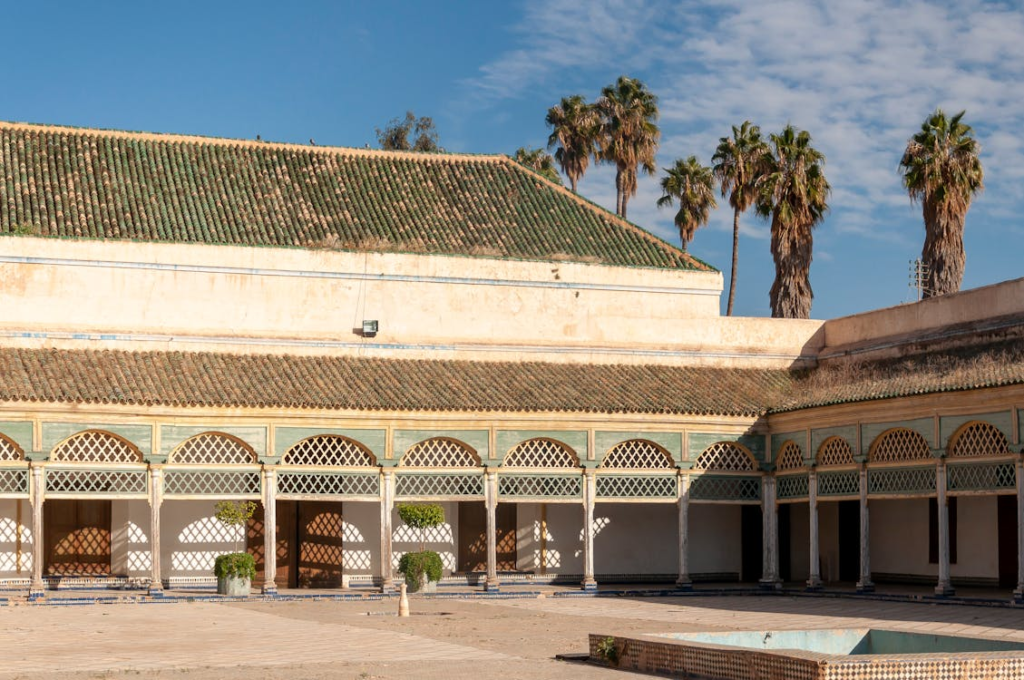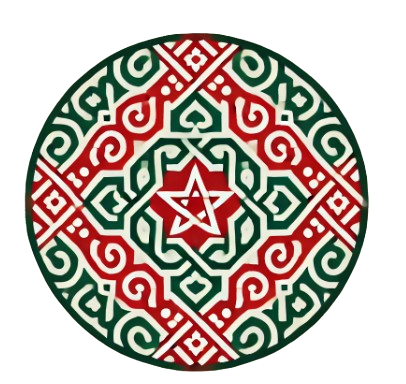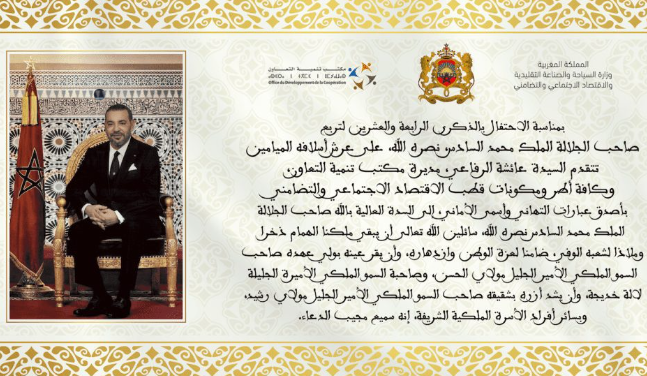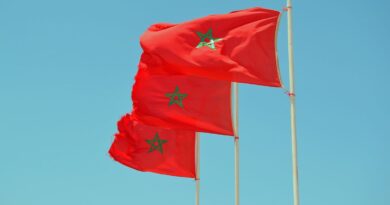Greetings Presented to the King of Morocco: A Tribute to His Majesty
The Kingdom of Morocco, a land of rich heritage, cultural vibrancy, and profound historical significance, stands as a beacon of stability and progress in the Arab and African worlds. At its helm is His Majesty King Mohammed VI, a leader whose vision, dedication, and deep connection to his people have steered Morocco towards modernization while preserving its proud traditions.
It is with great honor and deep respect that we extend our heartfelt greetings to His Majesty the King, recognizing his unwavering commitment to the prosperity, unity, and dignity of Morocco.
A King of Vision and Progress
Since ascending the throne on July 23, 1999, King Mohammed VI has demonstrated exemplary leadership, focusing on economic growth, social reforms, and international diplomacy. His reign has been marked by significant progress in infrastructure development, human rights, and economic liberalization.

Under his guidance, Morocco has achieved:
- Economic Transformation: The kingdom has become a major economic hub in North Africa, attracting foreign investments and developing key industries such as renewable energy, tourism, and agriculture.
- Social Reforms: His Majesty has championed social justice, particularly in women’s rights, education, and health, reinforcing Morocco’s commitment to equality and progress.
- Diplomatic Excellence: Morocco has strengthened its relations with African, European, and international partners, playing a crucial role in regional stability and cooperation.




A Symbol of Unity and Cultural Heritage
Beyond his role as a political leader, King Mohammed VI embodies the spirit of national unity and cultural preservation. His unwavering commitment to Morocco’s diverse cultural fabric, which includes Arab, Amazigh (Berber), African, and Andalusian influences, is a testament to his deep respect for heritage.
His efforts in revitalizing historical cities, preserving Islamic heritage, and supporting Moroccan arts and traditions ensure that future generations remain deeply connected to their roots while embracing modernity.
A King Close to His People
One of the defining characteristics of His Majesty’s reign is his closeness to the Moroccan people. He is often seen visiting local communities, launching development projects, and personally overseeing initiatives that directly impact citizens’ lives. His compassion, humility, and direct engagement with the people make him a beloved figure, admired not only in Morocco but across the world.
A Message of Loyalty and Gratitude
On behalf of those who cherish Morocco’s values and traditions, we extend our deepest greetings, loyalty, and gratitude to His Majesty King Mohammed VI.
May his reign continue to bring peace, prosperity, and unity to the Kingdom of Morocco. May the country flourish under his wise leadership, and may the Moroccan people continue to thrive in harmony and progress.
Long live the King!
Vive Sa Majesté le Roi Mohammed VI!
عاش الملك!

Royal Protocol in Morocco: Traditions, Etiquette, and Customs
The Kingdom of Morocco, a land deeply rooted in tradition and monarchy, follows a well-established royal protocol that reflects the nation’s respect for its sovereign and the institution of the monarchy. His Majesty King Mohammed VI, as the Head of State and Commander of the Faithful, is at the center of this protocol, which governs official ceremonies, public appearances, and interactions with the royal family.
Royal protocol in Morocco is a blend of Islamic, Arab, Berber, and modern influences, reflecting the nation’s historical depth and contemporary governance. Below is an overview of the key elements of Moroccan royal protocol.
1. Addressing the King
Proper etiquette is essential when addressing the King of Morocco. Some of the most commonly used titles for His Majesty include:
- In Arabic: “Sidi” (meaning “My Lord”) or “Jalalat Al-Malik” (His Majesty the King).
- In French: “Sa Majesté le Roi Mohammed VI”, or simply “Sa Majesté”.
- In Formal Declarations: “Amir Al-Mouminin” (Commander of the Faithful), which highlights his religious leadership.
When referring to the King in official speeches or writing, these honorifics are always used as a sign of utmost respect.
2. Bowing and Physical Gestures of Respect
In Morocco, it is customary to show deep respect to the monarch through specific gestures:
- Bowing: Traditionally, when meeting the King, a person bows slightly as a gesture of deference.
- Hand Kissing: In formal settings, dignitaries and officials may kiss the King’s hand or shoulder as a sign of allegiance and respect. However, King Mohammed VI has shown a preference for a more modern and less rigid approach, sometimes opting for a simple handshake.
- Standing Etiquette: In any official setting, people rise when the King enters or leaves a room as a mark of respect.
3. Dress Code for Royal Audiences
When attending royal audiences, ceremonies, or state events, proper attire is strictly observed:
- For Men: Traditional Moroccan clothing such as a djellaba (long robe with a hood) and babouches (soft leather slippers) are commonly worn. High-ranking officials and foreign dignitaries may wear formal suits.
- For Women: Elegant Moroccan caftans (embroidered gowns) are customary for formal occasions, reflecting the country’s rich textile traditions.
Foreign dignitaries and diplomats meeting the King are also expected to dress formally and conservatively in line with diplomatic protocol.


4. Royal Events and Ceremonies
The Moroccan monarchy is known for its grandeur and traditional pageantry, particularly during key national and religious celebrations:
- Throne Day (Fête du Trône): Celebrated on July 30th, this national holiday marks the King’s accession to the throne. It includes a royal speech, military parades, and formal receptions where pledges of allegiance (Beya) are renewed.
- Religious Celebrations: As the Commander of the Faithful, the King plays an essential role in Eid celebrations, Mawlid (Prophet’s Birthday), and Friday prayers at important mosques.
- Official Visits: When traveling domestically or internationally, the King follows strict security and ceremonial protocols, often accompanied by the Moroccan Royal Guard.



5. Security and the Royal Guard
The Moroccan monarchy is safeguarded by an elite security force:
- The Royal Guard, dressed in distinctive red and white uniforms, is responsible for the King’s protection during ceremonial occasions.
- The Royal Gendarmerie and Moroccan Intelligence Services ensure His Majesty’s safety during daily activities and official visits.
Security measures are strict, especially during public appearances, yet the King is known for his approachability and direct engagement with the Moroccan people.


6. Royal Residences and Palaces
Morocco has several royal palaces (Dar al-Makhzen), each playing a significant role in governance and tradition:
- Rabat (Primary Palace): The main royal residence and the site of many official functions.
- Marrakech: Often used for state visits and international summits.
- Fez and Meknes: Reflecting the historical and spiritual heart of Morocco.
- Casablanca: A modern palace where key economic and diplomatic meetings take place.
The King often moves between palaces, depending on his schedule, political duties, and national events.



7. Audience and Meetings with the King
An official audience with the King is a highly formalized event. Ministers, diplomats, and key figures must adhere to strict protocols, including:
- A formal request and approval process before being granted an audience.
- Standing protocol: Attendees remain standing until instructed otherwise.
- Formal language and gestures: Only respectful and official language is used in His Majesty’s presence.
8. Modernization of the Royal Protocol
Under King Mohammed VI, Moroccan royal protocol has evolved to reflect a more modern, accessible, and people-oriented monarchy:
- Closer interaction with citizens: His Majesty frequently meets Moroccans in informal settings, breaking traditional barriers.
- Less rigid etiquette: While maintaining respect for tradition, he often opts for handshakes over hand-kissing and engages directly with youth and women.
- A focus on social reforms: The King has introduced progressive policies in education, human rights, and economic development, reinforcing his role as a modern and compassionate leader.





